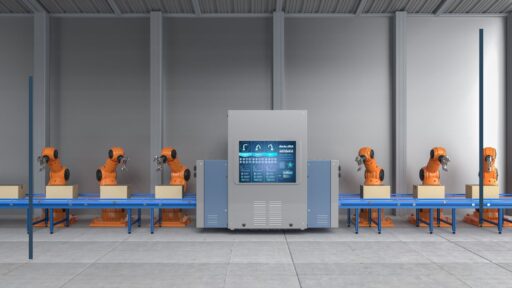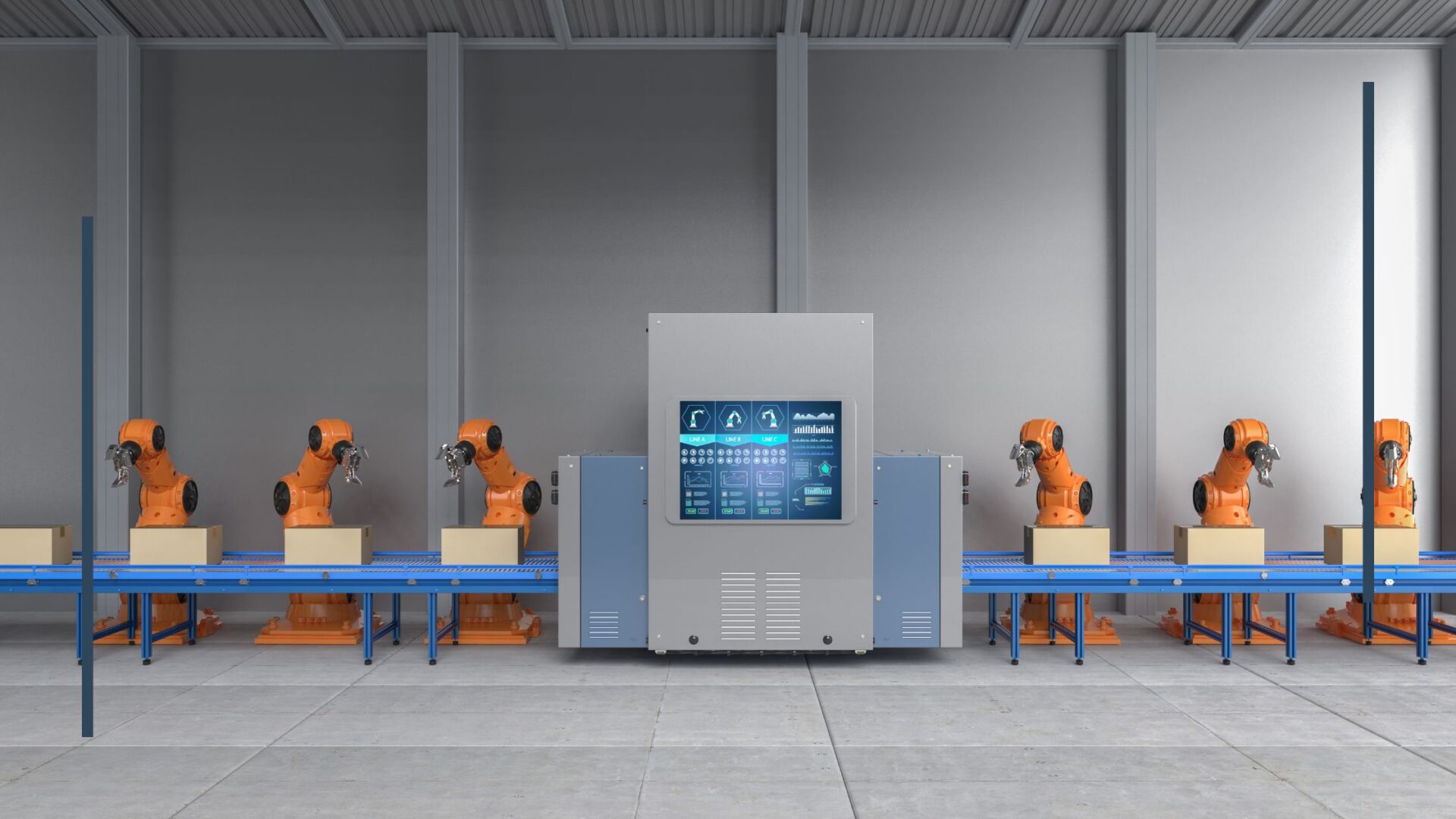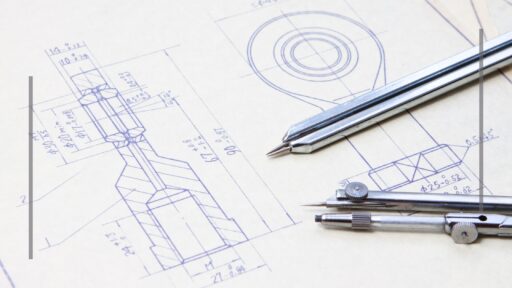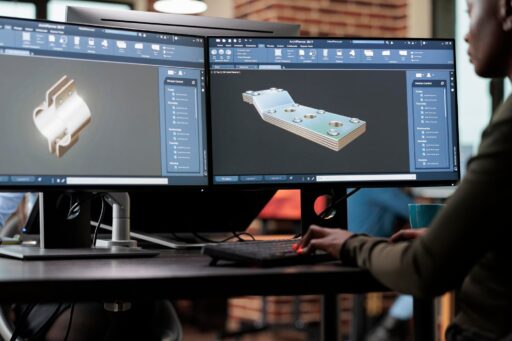Creo is a CAD software suite developed by PTC (Parametric Technology Corporation). It is widely used in the mechanical engineering and product design industries. The software provides tools and capabilities for creating and modifying 3D models, as well as performing analysis and simulation of product designs. The software also comes with various modules and extensions, including parametric modelling, direct modelling, assembly design, drafting, simulation, and manufacturing.
Some of the industries where Creo finds significant application include: manufacturing and industrial machinery sectors such as automotive, aerospace, consumer products, and heavy equipment. The software is also widely used in defence, for designing aircraft, spacecraft, missiles, and defence systems.
One of the key reasons for the popularity of Creo is its ability to automate various tasks and processes involved in product design. Users can automate the creation and modification of 3D models through parameter-driven automation. They can also automate repetitive tasks, streamline design processes, and extend the functionality of Creo with programming and integrating APIs.
Creos is Futuristic
Creo incorporates several advanced, unique, and futuristic features and capabilities that enhance its functionality and address the evolving needs of the design and engineering industries. Some of these features include:
Generative Design:
Creo offers generative design capabilities, where users can define design parameters and constraints, and the software generates multiple design iterations based on AI algorithms. This feature helps optimise designs, reduce material usage, and improve structural efficiency.
Augmented Reality (AR) and Mixed Reality (MR):
Creo supports AR and MR technologies, allowing users to visualize and interact with 3D models in real-world environments. It enables immersive design reviews, assembly instructions, and enhances collaboration between designers, engineers, and stakeholders.
Additive Manufacturing (3D Printing):
Creo offers tools specifically tailored for additive manufacturing processes. Users can design parts with lattice structures, optimize build orientations, and generate support structures.
Internet of Things (IoT) Integration:
Creo allows integration with IoT platforms and devices, enabling designers to create smart, connected products. Users can design and simulate IoT-enabled features, such as sensors, connectivity, and data analysis, to develop innovative products that leverage IoT capabilities.
These advanced features and capabilities make Creo a futuristic CAD software suite, empowering engineers and designers to create innovative designs, optimise product performance, and embrace emerging technologies in their product development processes.
Mastering Creo
Learning Creo involves mastering the following key areas:
User Interface and Navigation:
Understanding the layout of the Creo interface, including the ribbon, menus, and various toolbars is the first and most essential step in learning Creo. This stage also involves learning how to navigate the workspace and access different features and commands efficiently.
Sketching and Constraints:
The next logical step is about mastering Creo’s sketching tools and techniques to create 2D profiles and defining geometric constraints to control the shape and behavior of sketches.
Part Modelling:
Leveraging the strengths of Creo requires skills related to creating and modifying 3D part models using its features such as extrusions, revolves, sweeps, and blends. This requires a firm understanding of the use of parameters and equations to drive the design.
Assembly Design:
Users need to understand the techniques to create assemblies by combining multiple part models, including component placement, constraints, and joints – besides, assembly structure, component relationships, and managing assembly hierarchy.
Parametric Design:
The most important topic in mastering Creo is knowing how to harness the power of parametric modelling by defining and managing parameters, relationships, and design intent to create flexible and easily modifiable designs.
Surface Modelling:
Creo expertise is best exemplified with an user gaining proficiency in creating and manipulating complex freeform surfaces using tools like sweeps, blends, lofts, and boundary surfaces – and also developing a strong understanding of surface continuity and quality control.
Drawing and Documentation:
Learning how to create detailed engineering drawings, including dimensioning, tolerancing, annotations, and bill of materials, and understanding drawing views, sheet formats, and plotting options, are quite essential.
Analysis and Simulation:
These are among the core capabilities of Creo. Hence, exploring the software’s analysis capabilities, such as finite element analysis (FEA), to evaluate the structural integrity, performance, and behaviour of designs under various conditions is important.
Advanced Features:
Finally, the process of mastering Creo can culminate with delving into advanced capabilities of Creo, such as advanced surfacing, sheet metal design, mechanism simulation, mold design, and additive manufacturing.
With such robust features and capabilities, Creo course can enable efficient 3D modeling, simulation, and collaboration, empowering designers to bring their creative visions to life in the rapidly evolving landscape of future design. However, mastering Creo requires practice and hands-on experience. Taking advantage of online tutorials, official documentation, and dedicated learning resources can greatly assist in building proficiency in using Creo for design purposes. But being a part of a classroom – virtual or real, and learning Creo in a structured way, especially with the help of an experienced instructor can make learning productive and effortless.
FAQs
What is Creo CAD software used for?
Creo is a powerful 3D CAD software developed by PTC, widely used in mechanical engineering, product design, and manufacturing industries for modeling, simulation, and design automation.
Who should consider taking a Creo software course?
Students, mechanical engineers, product designers, and manufacturing professionals who want to enhance their CAD expertise and work with the latest technologies like IoT and AR should consider a Creo software course.
Which industries commonly use Creo CAD software in 2025?
Creo is widely used in industries like automotive, aerospace, defense, consumer products, industrial machinery, and electronics for high-precision, innovative product design.
Why should engineers and designers learn Creo software?
Mastering Creo enhances career opportunities by equipping professionals with cutting-edge skills in parametric modeling, smart product design, simulation, and digital manufacturing.
Where can I learn the best Creo software course?
You can enroll in top-rated Creo training programs at institutes like CADD Centre, offering expert-led, industry-focused learning with certification and placement support.





